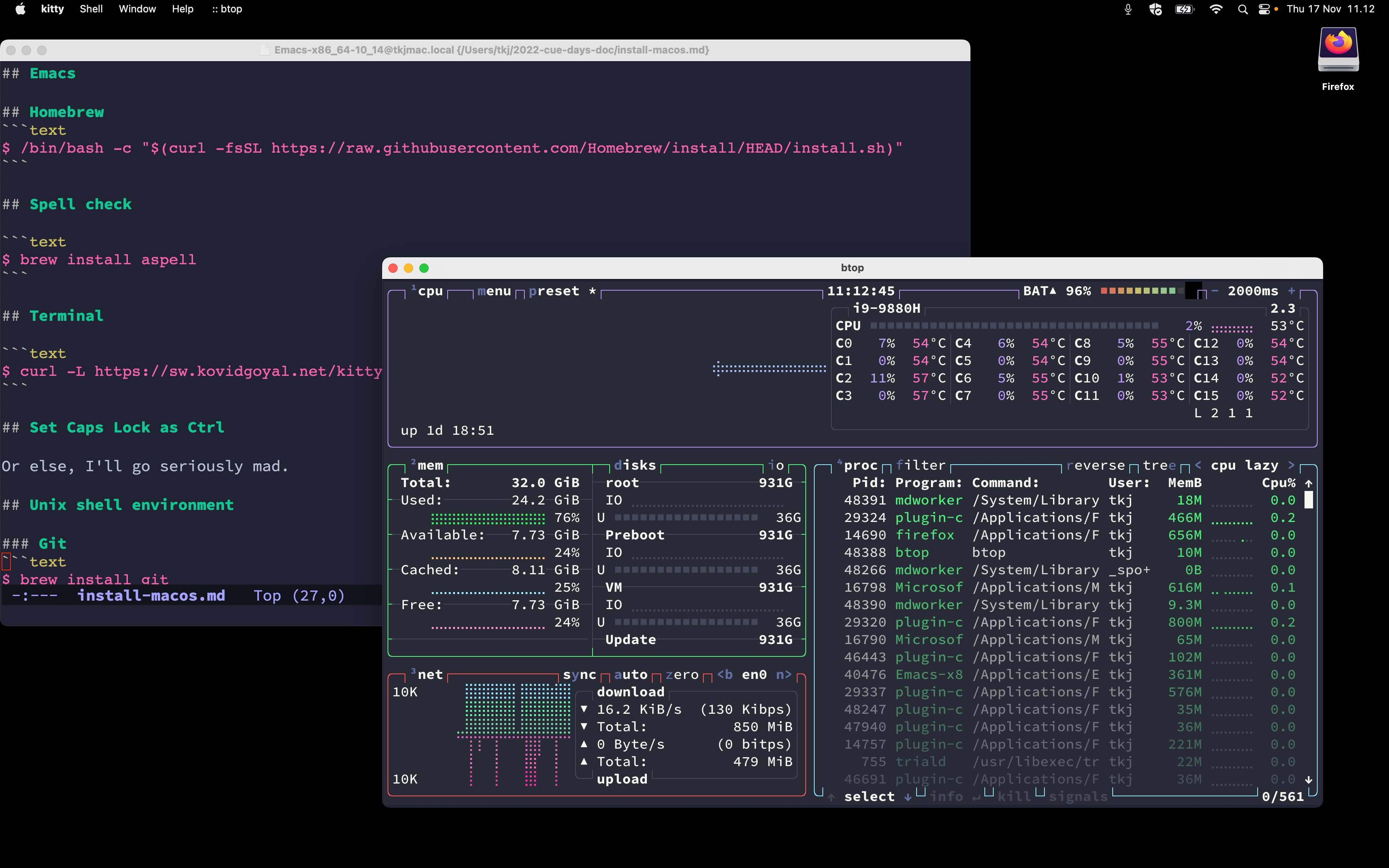The world of Unix is vast and can be intimidating for new users, especially those transitioning from graphical user interfaces to command-line environments. If you're a Mac OS X user looking to delve into Unix, you're in the right place. This article provides a comprehensive guide that will help you navigate the intricacies of Unix, specifically tailored for Mac users. By the end of this guide, you'll have the knowledge and resources to confidently use Unix in your daily tasks.
Unix, as a powerful operating system, offers robust tools and features that can enhance your productivity and efficiency. As a Mac OS X user, you have the advantage of a Unix-based operating system, which means you can leverage Unix commands and utilities right from your terminal. This guide aims to equip you with practical knowledge and resources that you can access online for free, making it easier for you to learn and apply Unix concepts.
This article will cover various aspects of Unix, including its fundamental concepts, essential commands, and practical applications. We'll also provide links to valuable online resources, tutorials, and communities where you can continue your learning journey. So, whether you're a beginner or looking to enhance your skills, this guide is designed to be your go-to resource for mastering Unix.
Table of Contents
- Understanding Unix
- Getting Started with Unix on Mac OS X
- Essential Unix Commands
- File Management in Unix
- Working with Processes
- Scripting in Unix
- Online Resources for Learning Unix
- Conclusion
Understanding Unix
Unix is a powerful, multi-user, multitasking operating system that has been the backbone of many modern operating systems, including macOS. Understanding the basics of Unix is crucial for any Mac user who wants to leverage the full potential of their machine. Here are some key concepts:
- Kernel: The core component of the operating system that manages hardware resources.
- Shell: The interface that allows users to interact with the operating system through commands.
- File System: The way data is organized and stored on the disk.
- Process Management: How the operating system manages running applications and processes.
History of Unix
Unix was developed in the 1960s and 1970s at AT&T's Bell Labs. It has influenced many operating systems, including Linux and macOS. Understanding its history helps appreciate its design and functionality.
Why Use Unix?
Unix systems are known for their stability, security, and flexibility. Here are some reasons why you might want to learn Unix:
- Powerful command-line interface for advanced tasks.
- Extensive scripting capabilities for automation.
- Strong community support and a wealth of free resources.
Getting Started with Unix on Mac OS X
As a Mac OS X user, you have access to a Unix-based environment right out of the box. To get started, you need to access the Terminal application, which serves as your command-line interface.
Accessing the Terminal
To open the Terminal on your Mac:
- Open Finder.
- Navigate to Applications > Utilities.
- Double-click on Terminal.
Basic Terminal Commands
Here are some basic commands to help you get familiar with the Terminal:
pwd- Prints the current working directory.ls- Lists files and directories in the current directory.cd- Changes the current directory.mkdir- Creates a new directory.
Essential Unix Commands
Once you're comfortable with the Terminal, it’s time to learn some essential Unix commands that will enhance your efficiency:
File and Directory Commands
cp- Copies files and directories.mv- Moves or renames files and directories.rm- Removes files or directories.
Text Processing Commands
cat- Concatenates and displays file content.grep- Searches for patterns in text files.awk- Processes and analyzes text files.
File Management in Unix
Understanding how to manage files in Unix is crucial. Here are some tips and commands for effective file management:
Understanding the File System Hierarchy
Unix file systems follow a hierarchical structure, starting from the root directory (/). Key directories include:
/home- User home directories./etc- Configuration files./var- Variable files such as logs.
File Permissions
Understanding file permissions is essential for security. You can view and modify permissions using the chmod command. Permissions are divided into three categories: read, write, and execute for the owner, group, and others.
Working with Processes
Managing processes is another key aspect of Unix. Here are some important commands:
Viewing Processes
You can view running processes using the ps command. To see all running processes, use:
ps auxControlling Processes
To stop (kill) a process, use the kill command followed by the process ID (PID). For example:
kill 1234Scripting in Unix
Scripting allows you to automate tasks in Unix. Here’s a brief overview of scripting in Unix:
Creating a Simple Shell Script
To create a shell script, follow these steps:
- Open a text editor (e.g., nano or vim).
- Type your commands in the editor.
- Save the file with a
.shextension. - Make the script executable with
chmod +x yourscript.sh.
Example of a Simple Script
#!/bin/bashecho "Hello, Unix!"Online Resources for Learning Unix
There are numerous online resources where you can learn more about Unix for free. Here are some recommendations:
- Codecademy - Learn the Command Line
- Learn Shell
- Udacity - Linux Command Line Basics
- Bash Beginners Guide
Conclusion
In this comprehensive guide, we've explored the fundamentals of Unix for Mac OS X users. We discussed essential commands, file management, process control, and scripting. The resources provided will help you further enhance your skills and understanding of Unix.
Now that you're equipped with this knowledge, we encourage you to take action. Start experimenting with the commands, create your scripts, and explore the resources mentioned. If you have any questions or want to share your experiences, feel free to leave a comment below.
Final Thoughts
Learning Unix can significantly boost



